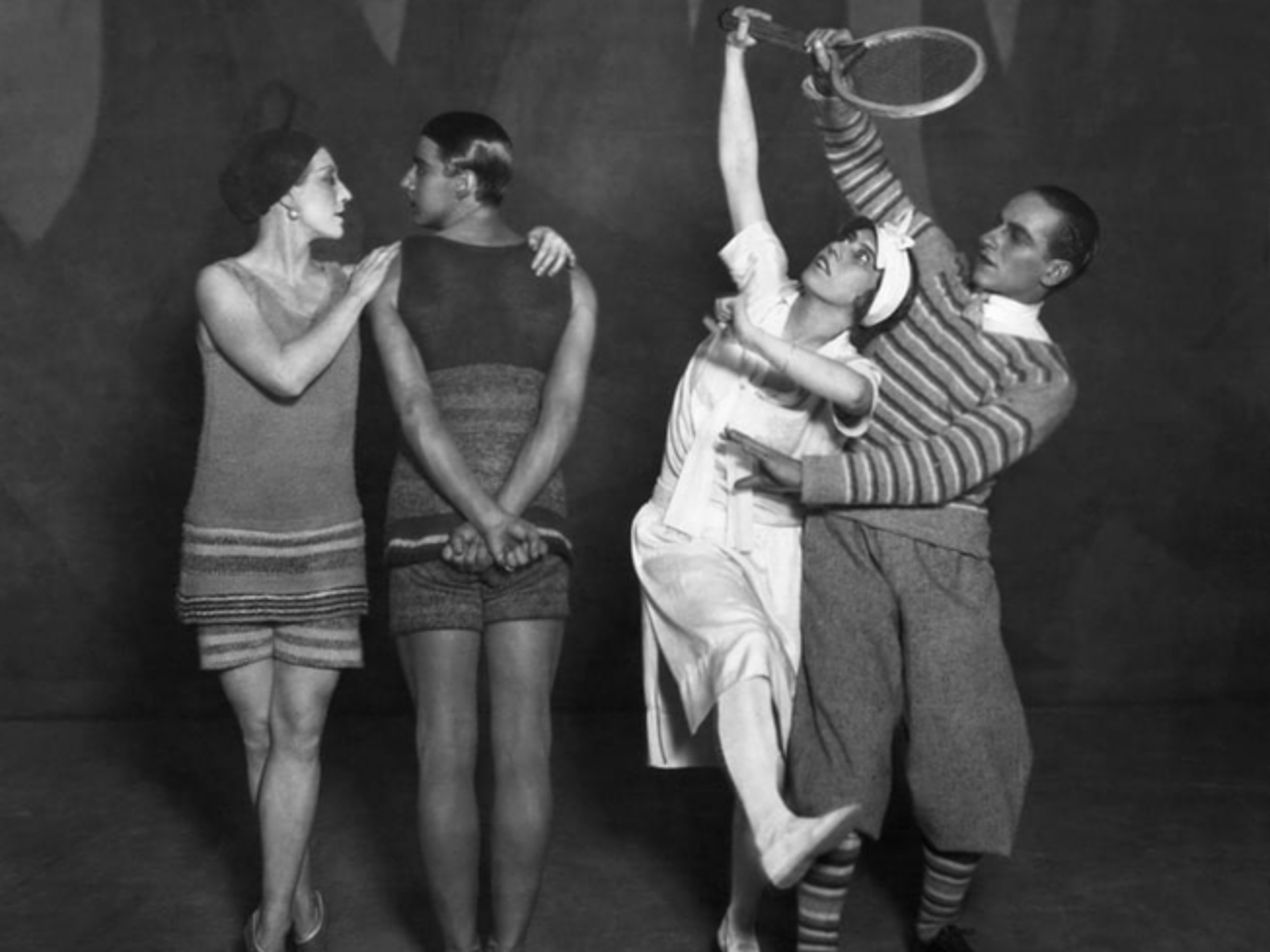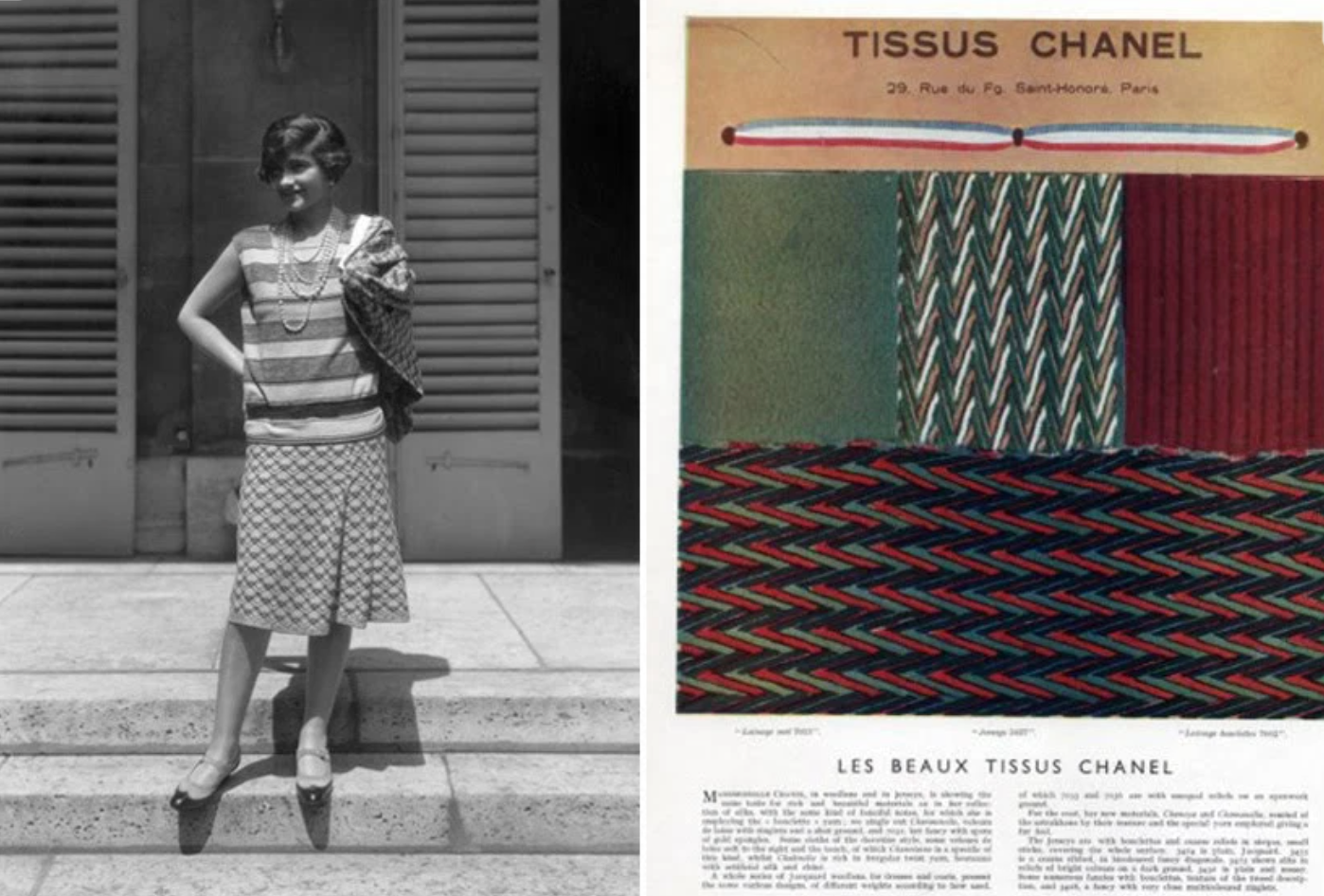Les Ballets Russes et la Haute Couture 2/3
Qu'ils soient contemporains du mouvement ou que la Russie soit une inspiration au sein de leurs collections, de nombreux créateurs de maison de haute couture ont insufflé des accents slaves à leur travail avec bien souvent les Ballets Russes et les avant-gardes en toile de fond.
Je vous propose d'explorer ensemble le travail de certains créateurs dont le travail m'a inspirée, ou que j'ai plus amplement découvert lors de mes recherches pour la collection Sew me Ballets Russes.
La collection dite « Opéra – Ballets russes », de l'automne/hiver 1976 par Yves Saint Laurent :
Il m'était impossible de ne pas commencer par cette collection emblématique et bien que l'esthétique de ce défilé soit éloigné de ce qui m'attirait pour évoquer le thème, son nom à lieu seul ouvrait la voie à mes recherches.
L'influence du travail de Léon Bakst est notable dans le travail d'Yves Saint Laurent pour cette collection.

Dessins par Yves Saint Laurent

Ensembles pour la collection Opéra-Ballets Russes par Yves Saint Laurent
La Russie s'incarne au travers de la blouse traditionnelle aux manches bouffantes, la jupe large et volumineuse, les couleurs éclatantes, les broderies des gilets et des ceintures, la fourrure. Mais l'on note aussi une approche plus orientaliste, (avec un travail sur des turbans, les bijoux, les taffetas) qui baignait aussi la scénographie et les costumes de la compagnie des Ballets Russes.

vêtements de la collection Opéra-Ballets Russes par Yves Saint Laurent

dessin de Léon Bakst, Bérénice 1913

Costume par Léon Bakst pour les Ballets Russes (personnage "le Dieu Bleu" 1912)
On retrouvera ces multiples influences dans le travail des couturiers Paul Poiret et Jeanne Paquin, contemporains des Ballets Russes.

Robe de soirée Paul Poiret 1991

Manteau Paul Poiret 1919

Robe d'après-midi par Jeanne Paquin (circa 1923-24) l'on peut retrouver la fourrure et le travail de broderie qui renvoient au thème slave.

Robe du soir, collaboration entre Jeanne Paquin et Léon Bakst (1912)
Ce travail sur la silhouette avec une approche ultra décorative et détournée du vêtement et de l'artisanat russe traditionnel se retrouve aussi dans le travail de couturiers des décennies plus tard et mettra en avant la richesse du folklore du grand Empire et l'univers de la danse mêlés :

Ensemble Oscar de la Renta 1980

Robe "Fabergé" par Olivier Rousteing pour Balmain 2018

Silhouette du défilé AH 2010-11 Alexander McQueen

Défilé Olympia Le Tan AH 2015-16
De Coco à Karl, le Paris Russe par la maison CHANEL
Last but not least, je termine cet article sur la relation entre la Haute Couture et la Russie la plus emblématique et qui m'a énormément inspirée (et fascinée).
Coco Chanel était une amie et mécène pour Serge Diaghilev et ses Ballets Russes. Elle signera notamment les costumes du ballet "Le train bleu".

En 1923, Coco lança une collection Haute Couture inspirée des vêtements traditionnels russes : la roubachka (blouse masculine), les broderies folkloriques et la fourrure témoignent d'une vision romancée de la sophistication russe selon Gabrielle Chanel.

Par la suite Chanel engagera pour sa société TISSU CHANEL de 1927 à 1935 l'artiste russe Iliazd, qui lui dessinera des motifs sous l'influence du mouvement artistique russe avant-gardiste et constructiviste.


L'histoire de Coco Chanel avec la Russie revêt de multiples facettes : le mécénat, l'art mais aussi plusieurs histoires plus intimes. Après la révolution de 1917, de nombreux artistes russes fuient pour Paris. Gabrielle rencontrera le compositeur Igor Stravinsky qu'elle hébergera et avec lequel elle aura une liaison. Cet épisode est relaté dans ce film à l'esthétique ultra léché "Coco Chanel et Igor Stravinsky".

Et l'exil parisien de l'aristocratie russe sera à l'origine de sa rencontre avec le grand-duc Dimitri Pavlovitch, cousin du tsar Nicolas II qui deviendra son amant, et la soeur de celui-ci la Grande-duchesse Maria Pavlovna qui va s'associer avec Coco Chanel. En effet, la situation financière précaire de Maria Pavlovna la poussera à utiliser son savoir faire pour les techniques traditionnelles de broderie et c'est en association avec Chanel qu'elle fondera son atelier de broderie la société Kitmir.

Robe de soirée Chanel borderies Kitmir (1928)
L'histoire de Chanel avec la Russie donnera notamment lieu à un parfum "Cuir de Russie", à des collections de joaillerie, et Karl LAGERFELD réinterprètera en 2018 ces influences slaves avec la collection "Paris-Moscou métiers d'Art".
On y retrouve pêle-mêle les riches broderies, le kokochnik, la fourrure, mais aussi les motifs modernes des constructivistes.


Et bien voilà, vous savez tout désormais du long et passionnant chemin qui m'a menée à la collection Sew Me Ballets Russes. Je me suis surtout concentrée ici sur les relations étroites que ce mouvement a entretenu avec la mode et comment il a continué à rayonner bien après sur les créateurs.
Je vous dis à très vite pour le dernier épisode, une vraie surprise créative et collaborative qui j'espère vous plaira et vous inspirera ;)
















